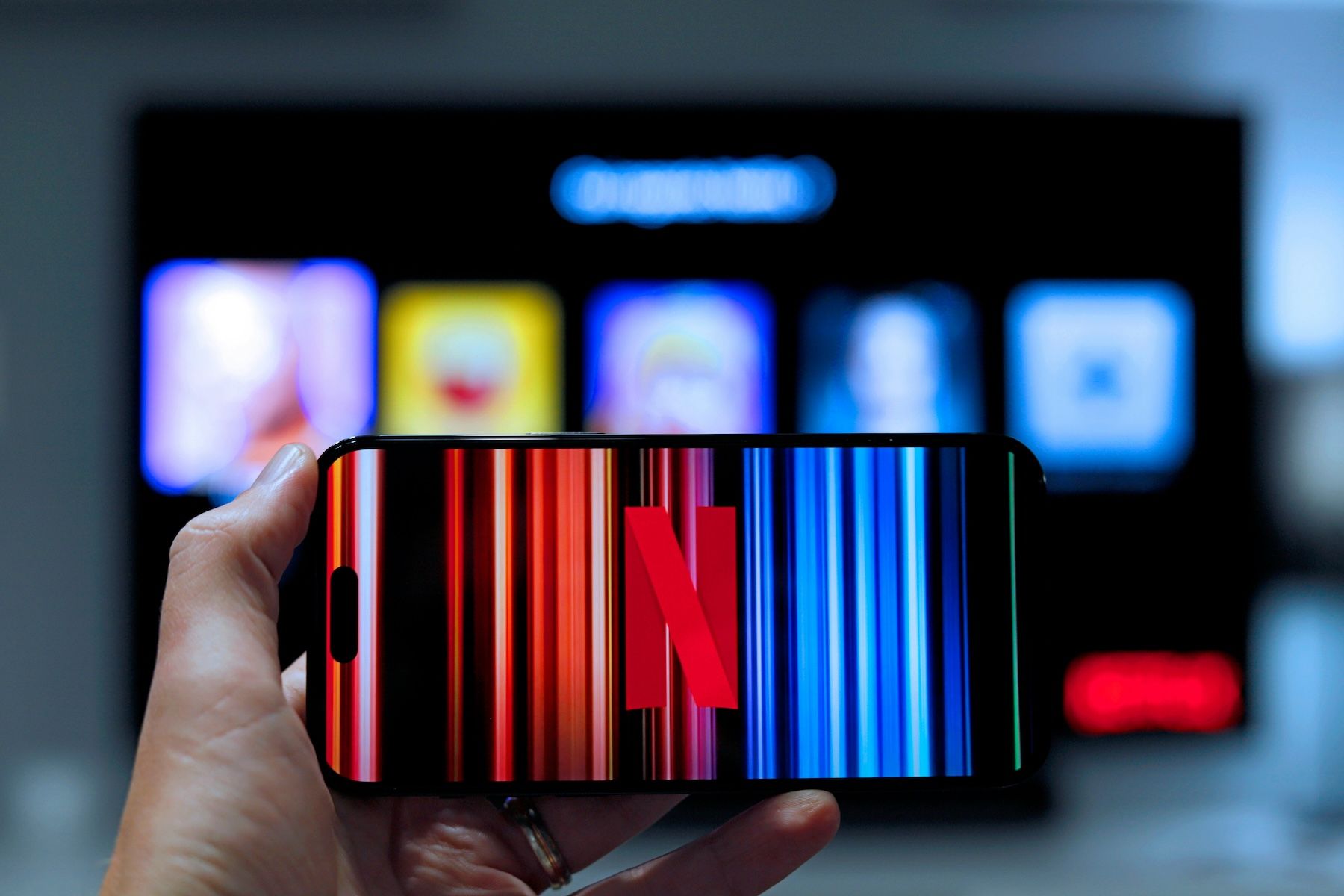When it comes to video streaming and encoding, two important terms often come up: Constant Bit Rate (CBR) and Variable Bit Rate (VBR). These are two different ways to control how much data is used when encoding videos. Understanding the difference between CBR and VBR is crucial for anyone involved in video production, streaming, or even just watching videos online.
Bit rate is simply the amount of data used per second in a video file. It's usually measured in bits per second (bps) or more commonly, kilobits per second (kbps) or megabits per second (Mbps). The higher the bit rate, the more data is used, and generally, the better the video quality. However, higher bit rates also mean larger file sizes and more bandwidth needed for streaming.
Let's dive deeper into CBR and VBR to understand how they work and when to use each one.

What is Constant Bit Rate (CBR)?
Constant Bit Rate, as the name suggests, keeps the amount of data used per second the same throughout the entire video. It's like a steady stream of water from a faucet – the flow remains constant no matter what's happening in the video.
Key features of CBR:
- Consistent data rate: CBR maintains the same bit rate from start to finish.
- Predictable file size: Since the bit rate is constant, it's easy to calculate the final file size.
- Simplicity: CBR is straightforward to implement and widely supported.
- Real-time friendly: It's great for live streaming and video conferencing.
When to use CBR:
- Live streaming events
- Video conferencing
- Broadcasting
- When you need a guaranteed, stable connection
CBR is like always using the same amount of paint for each part of a picture, regardless of whether it's a simple background or a detailed portrait. This means some parts might get more detail than needed, while others might not get enough.
What is Variable Bit Rate (VBR)?
Variable Bit Rate, on the other hand, changes the amount of data used depending on what's happening in the video. It's like a smart faucet that adjusts the water flow based on how much you need at any given moment.
Key features of VBR:
- Adaptive data rate: VBR uses more data for complex scenes and less for simple ones.
- Efficient storage: It often results in smaller file sizes compared to CBR at the same quality.
- Quality-focused: VBR prioritizes maintaining consistent video quality over consistent bit rate.
- Flexible: It can handle a wide range of content types effectively.
When to use VBR:
- Video on demand (VOD) services
- Movie encoding
- Music encoding
- When storage space or bandwidth is limited, but quality is important
VBR is like using more paint for detailed parts of a picture and less for simple parts. This way, you get the best quality where it matters most, while saving resources on simpler sections.
Comparing CBR and VBR
Now that we understand what CBR and VBR are, let's compare them side by side:
| CBR | VBR | |
| Data usage | Uses the same amount of data all the time. | Uses more data for complex scenes, less for simple ones. |
| File size | Easy to predict, but often larger files. | Can be smaller for the same quality, but size varies. |
| Quality | May waste data on simple scenes and struggle with complex ones. | Maintains more consistent quality across different scenes. |
| Compatibility | Widely supported, works well with most devices and software. | Good support, but some older systems might have issues. |
| Streaming | Ideal for live streaming and real-time communication. | Better for pre-recorded content and video-on-demand. |
| Processing | Faster and simpler to encode. | May take longer to encode but often provides better results. |
Choosing Between CBR and VBR
Deciding whether to use CBR or VBR depends on your specific needs. Here are some guidelines to help you choose:
Use CBR when:
- You're doing live streaming or video conferencing.
- You need to ensure a stable connection, especially in areas with limited bandwidth.
- You're working with systems that require a fixed bit rate.
- Quick encoding is more important than optimizing file size.
Use VBR when:
- You're encoding videos for on-demand viewing.
- Storage space or bandwidth is limited, but you don't want to compromise on quality.
- You're working with content that has varying levels of complexity (like movies or music videos).
- You have time to let the encoder optimize the video, and you're not streaming live.
Real-World Examples
To better understand how CBR and VBR work in practice, let's look at some real-world examples:
- Live Sports Broadcast: For a live football game, broadcasters often use CBR. This ensures that the stream remains stable throughout the event, even during fast-paced action scenes. CBR helps maintain a consistent viewing experience, which is crucial for live events.
- Netflix Movie Streaming: Netflix uses VBR for its movie streams. This allows them to deliver high-quality video while optimizing bandwidth usage. During a quiet dialogue scene, the bit rate might be lower, but it will increase for action-packed sequences to maintain quality.
- YouTube Videos: YouTube uses a form of VBR for uploaded videos. This helps them balance video quality with storage requirements, considering the vast amount of content they host.
- Skype Video Calls: Skype and similar video calling apps often use CBR to ensure a consistent connection. This helps maintain call quality even when network conditions fluctuate.

Future Trends
As technology advances, we're seeing some interesting developments in video encoding:
- Adaptive Bitrate Streaming: This technique uses multiple VBR streams at different quality levels, switching between them based on the viewer's internet speed.
- AI-Enhanced Encoding: Machine learning algorithms are being used to optimize encoding decisions, potentially combining the best aspects of CBR and VBR.
- New Codecs: Emerging video codecs like AV1 and VVC promise better compression, which could change how we think about bit rate control.
- 5G and Beyond: As network speeds increase, we might see a shift towards higher-quality VBR streams even for live content.
Conclusion
Understanding the difference between Constant Bit Rate (CBR) and Variable Bit Rate (VBR) is crucial in the world of video encoding and streaming. While CBR offers simplicity and stability, making it ideal for live streaming and real-time communication, VBR provides efficiency and quality optimization, perfect for on-demand content.
The choice between CBR and VBR isn't always clear-cut. It depends on your specific needs, the type of content you're working with, and the platforms you're using. By understanding the strengths and weaknesses of each approach, you can make informed decisions that balance quality, efficiency, and reliability in your video projects.
As technology continues to evolve, we may see new approaches that combine the best of both worlds. For now, both CBR and VBR have their place in the video ecosystem, each shining in their respective use cases.
Remember, the goal is always to provide the best possible viewing experience for your audience, whether you're streaming a live event, hosting a video call, or sharing a pre-recorded video. By choosing the right bit rate strategy, you're taking an important step towards achieving that goal.
TRTC (Tencent Real-Time Communication) offers significant advantages in video bitrate management, ensuring high-quality video transmission even under varying network conditions. By utilizing advanced adaptive bitrate algorithms, TRTC dynamically adjusts the video bitrate in real-time based on the current network bandwidth and latency. This ensures that users experience minimal buffering and optimal video clarity, regardless of their connection quality.
FAQs
Q: What is the main difference between Constant Bit Rate (CBR) and Variable Bit Rate (VBR)?
A: CBR maintains a fixed bit rate throughout the entire video, while VBR allows the bit rate to change based on the complexity of the image or audio.
Q: Which encoding method is better for cloud-based streaming services?
A: CBR is generally more suitable for cloud-based streaming services, as it provides consistent file sizes and faster loading times.
Q: How does VBR affect video quality compared to CBR?
A: VBR can potentially provide better overall quality, especially in complex scenes, as it allocates more bits to challenging parts of the video while using fewer bits for simpler sections.
Q: Are there any similarities in how CBR and VBR streams are written?
A: Yes, CBR and VBR streams are written in the same way; the difference lies in the internal processing performed by the writer and codecs.
If you have any questions or need assistance, our support team is always ready to help. Please feel free to Contact Us or join us in Telegram.


